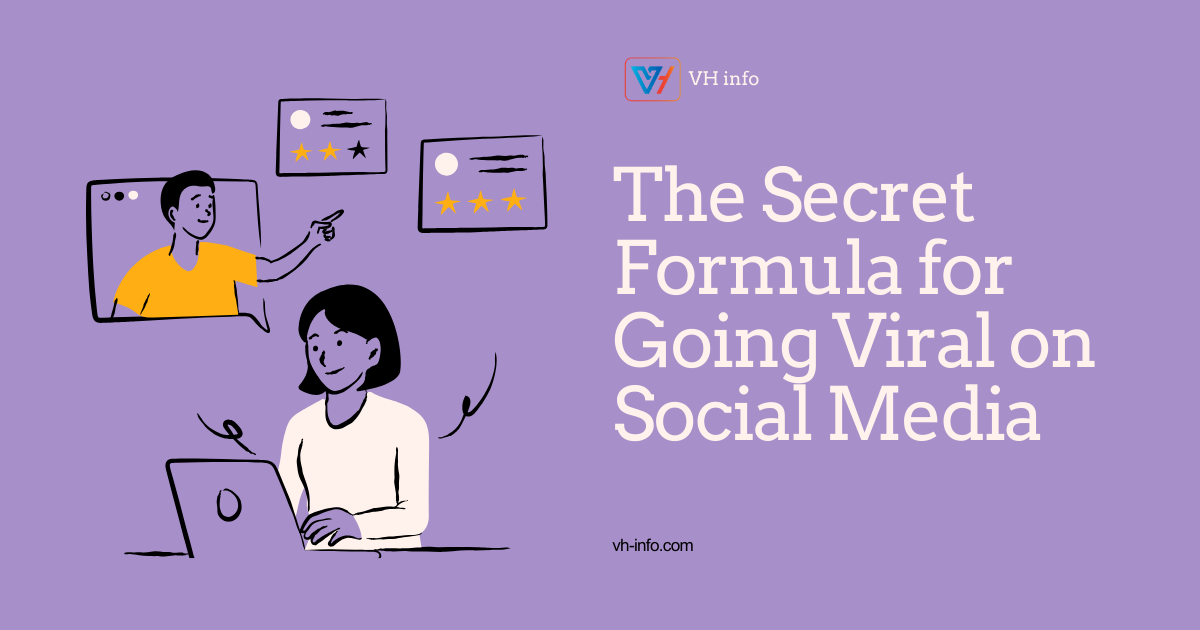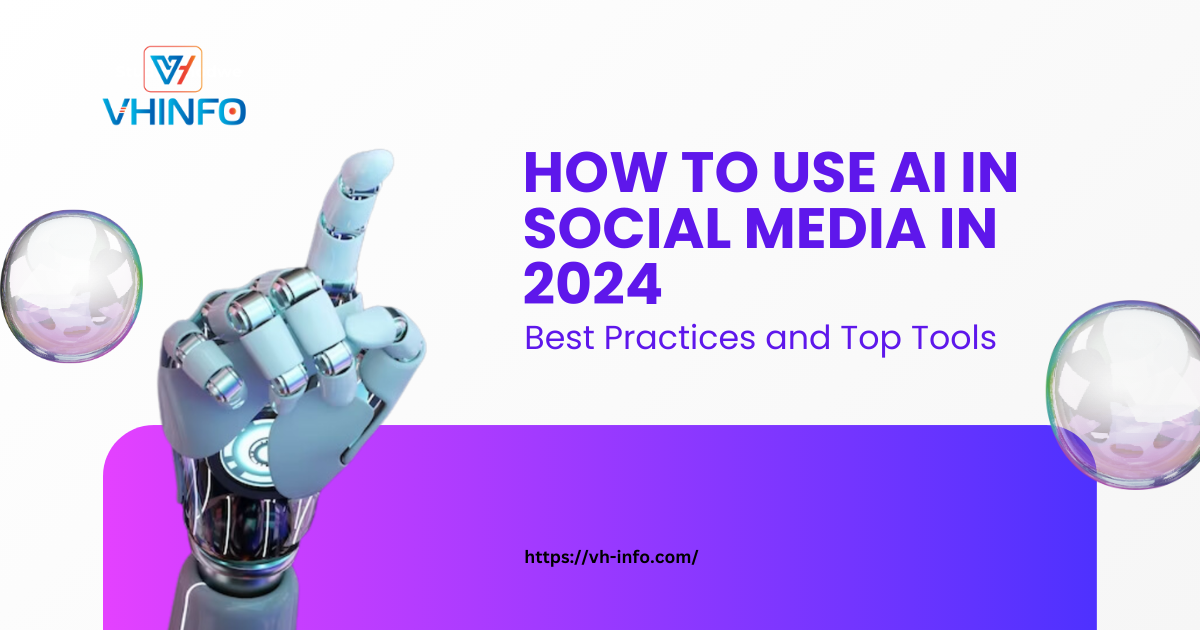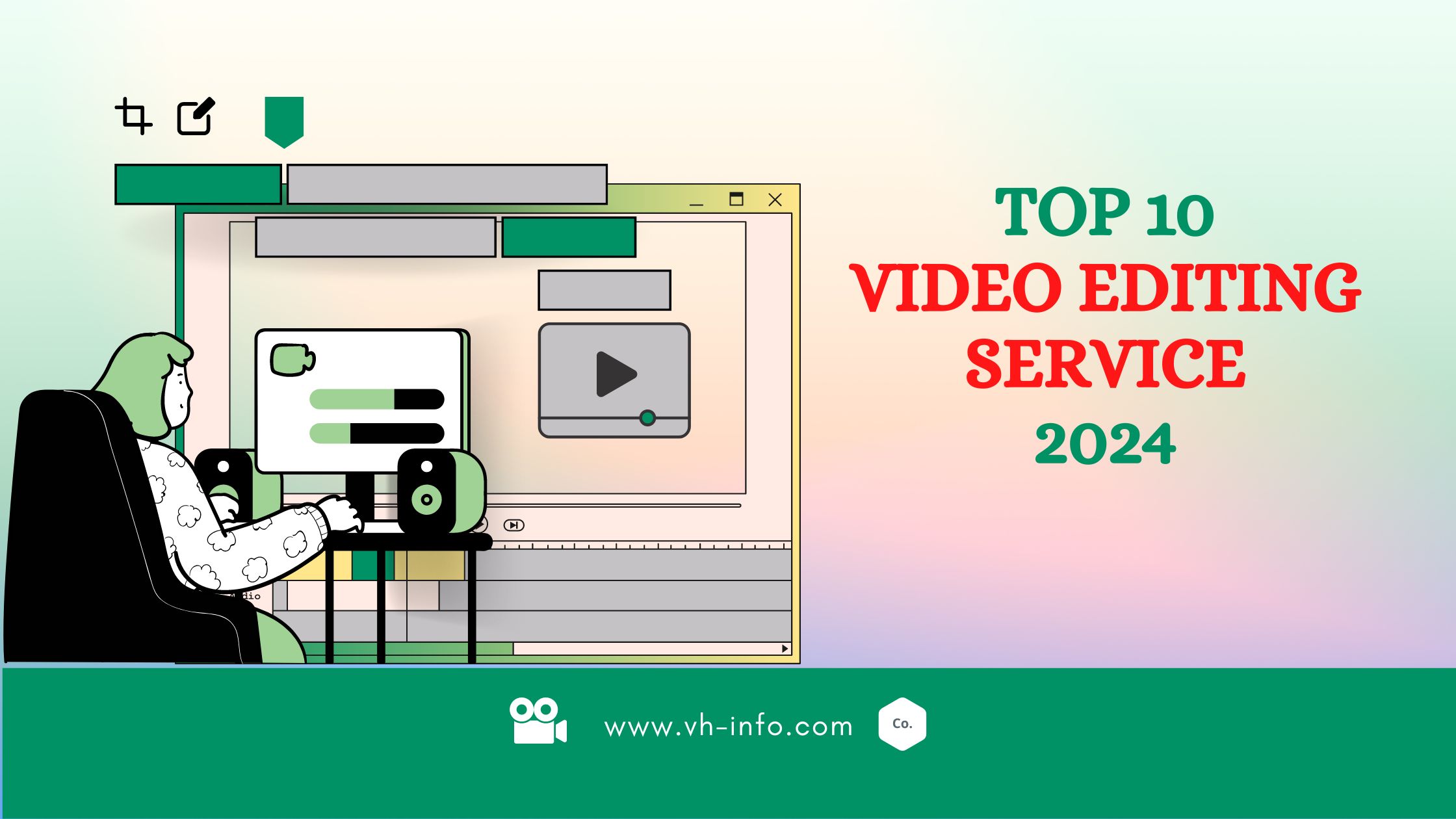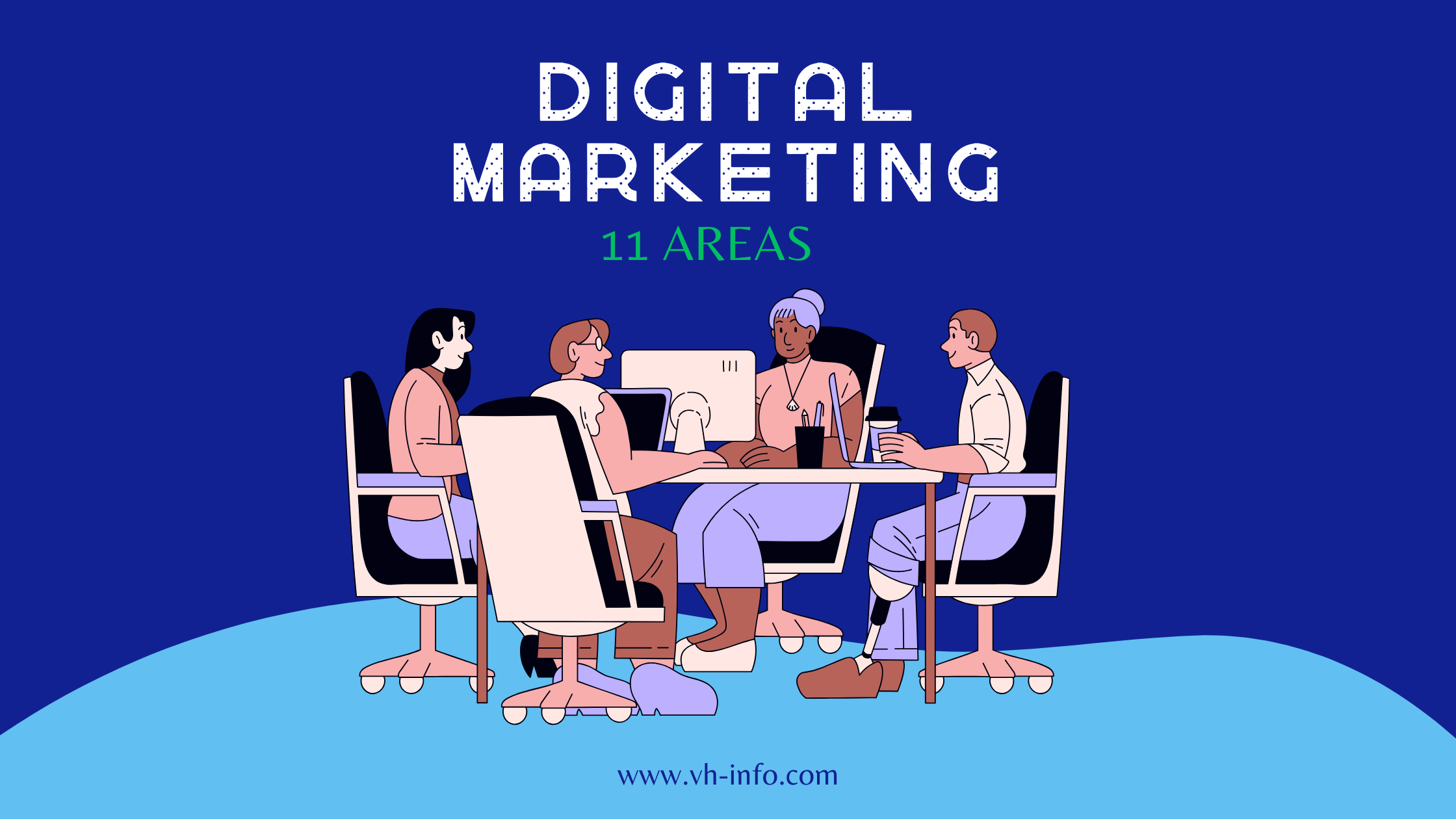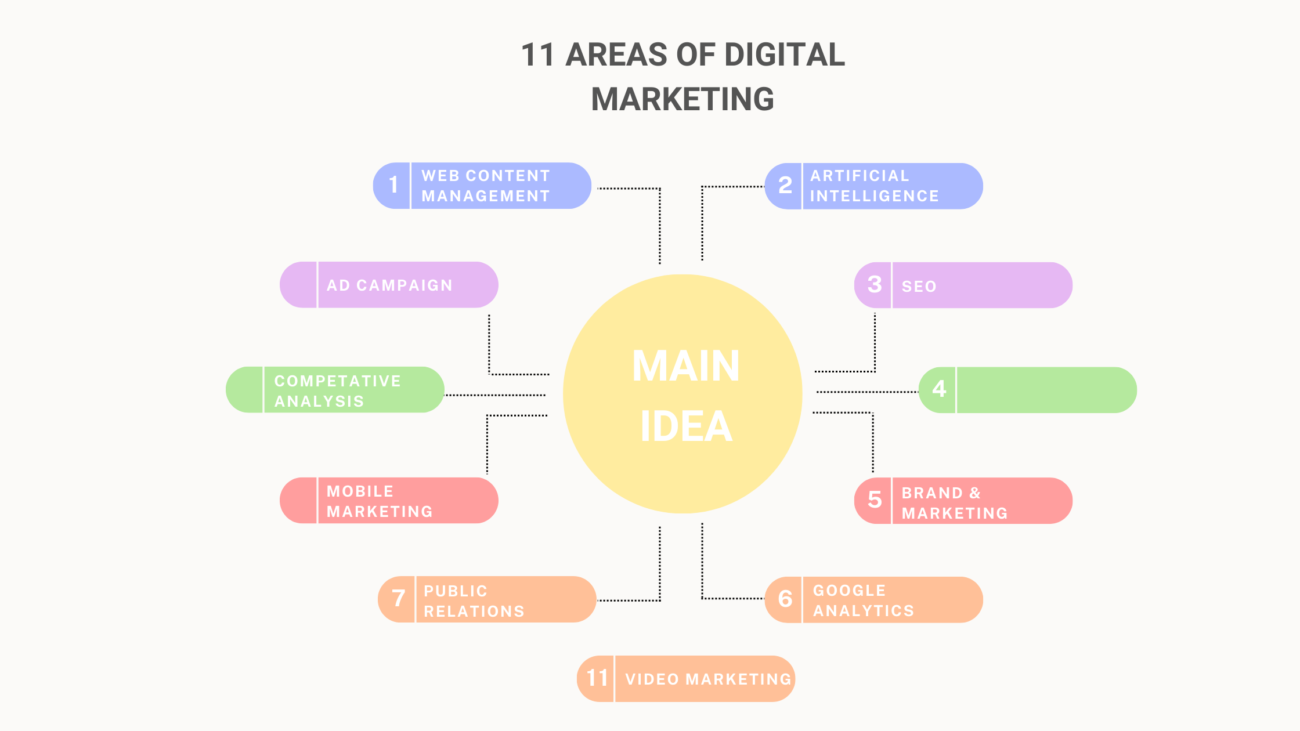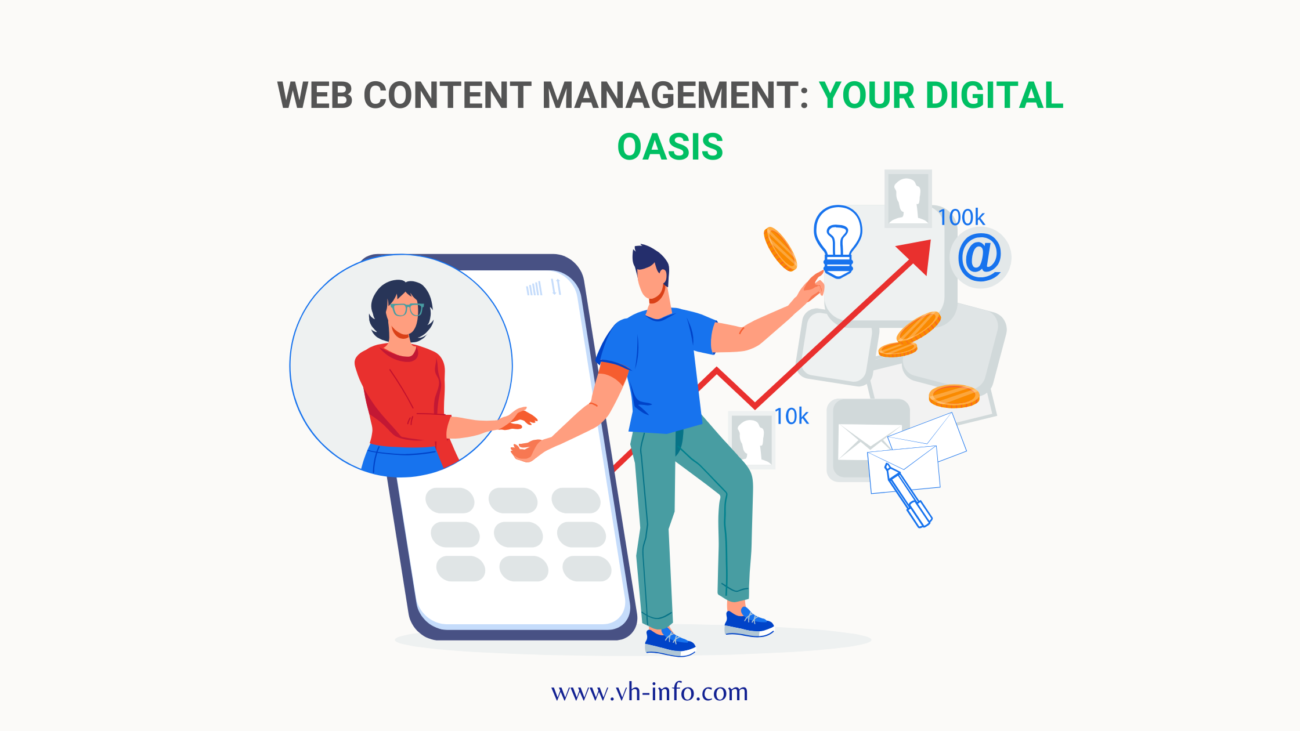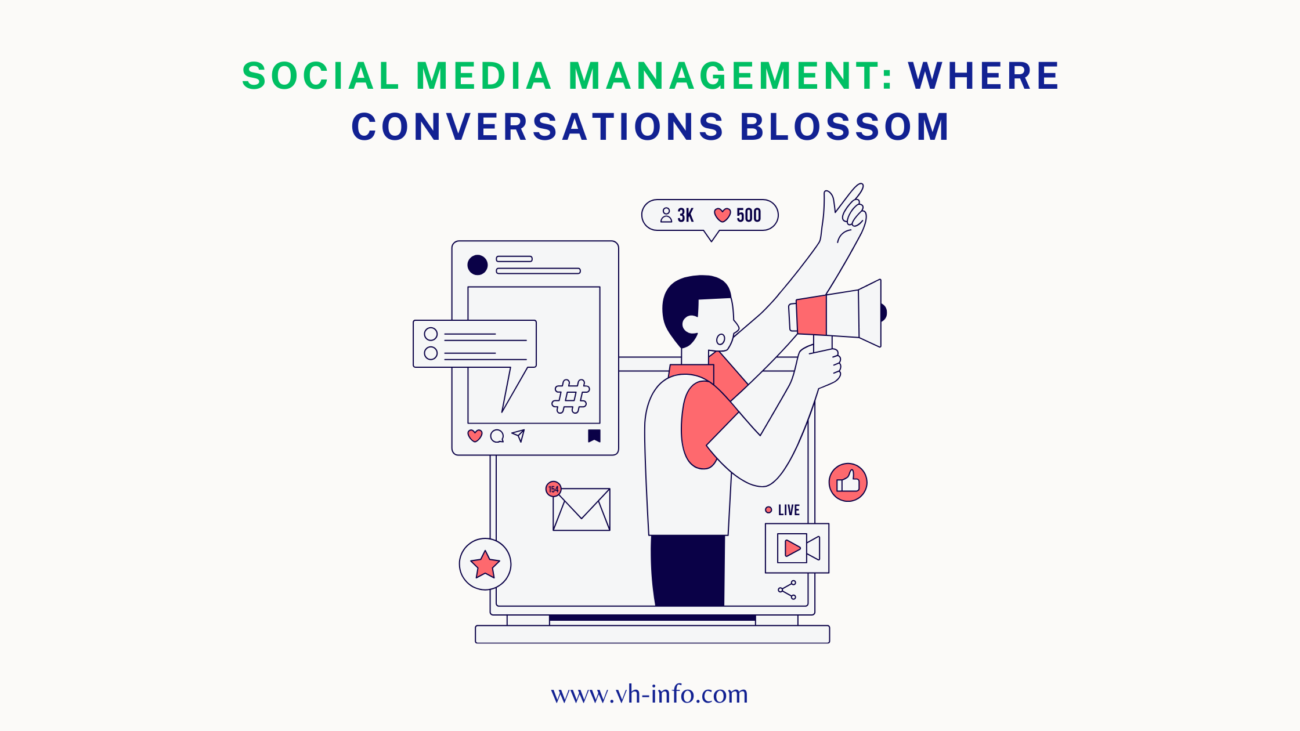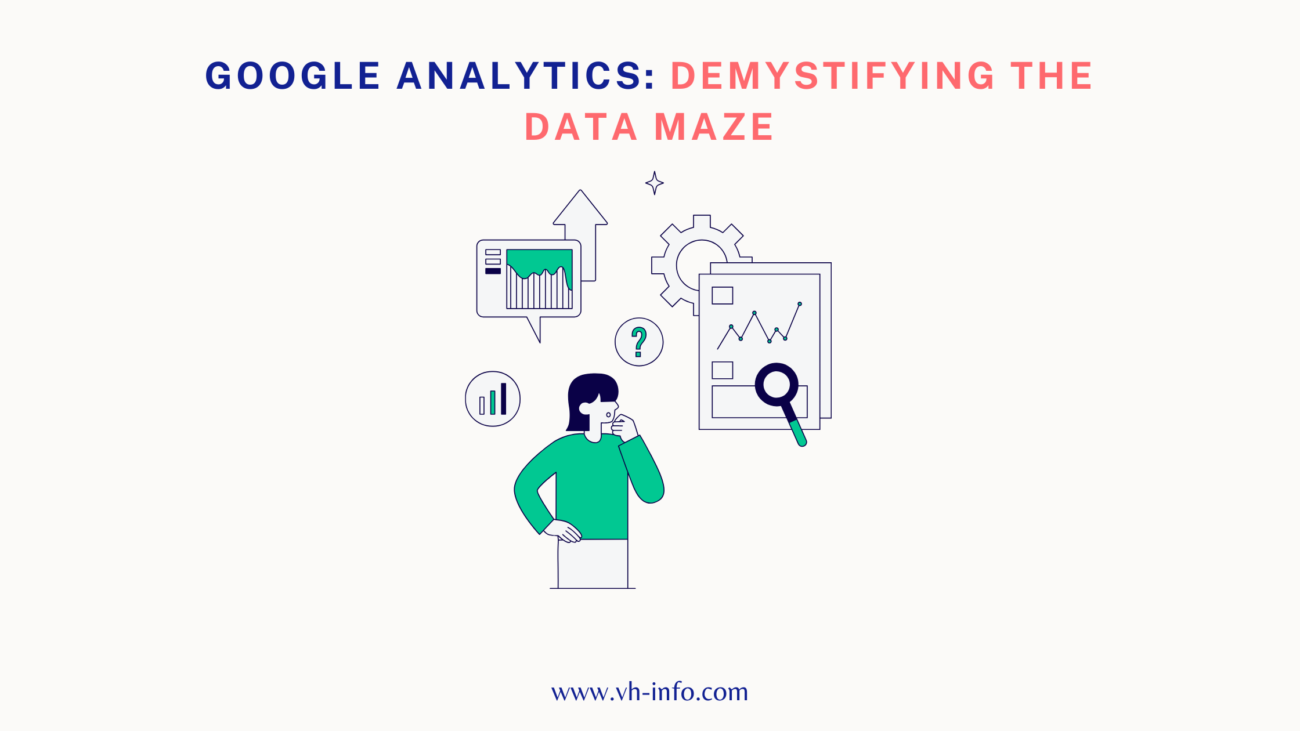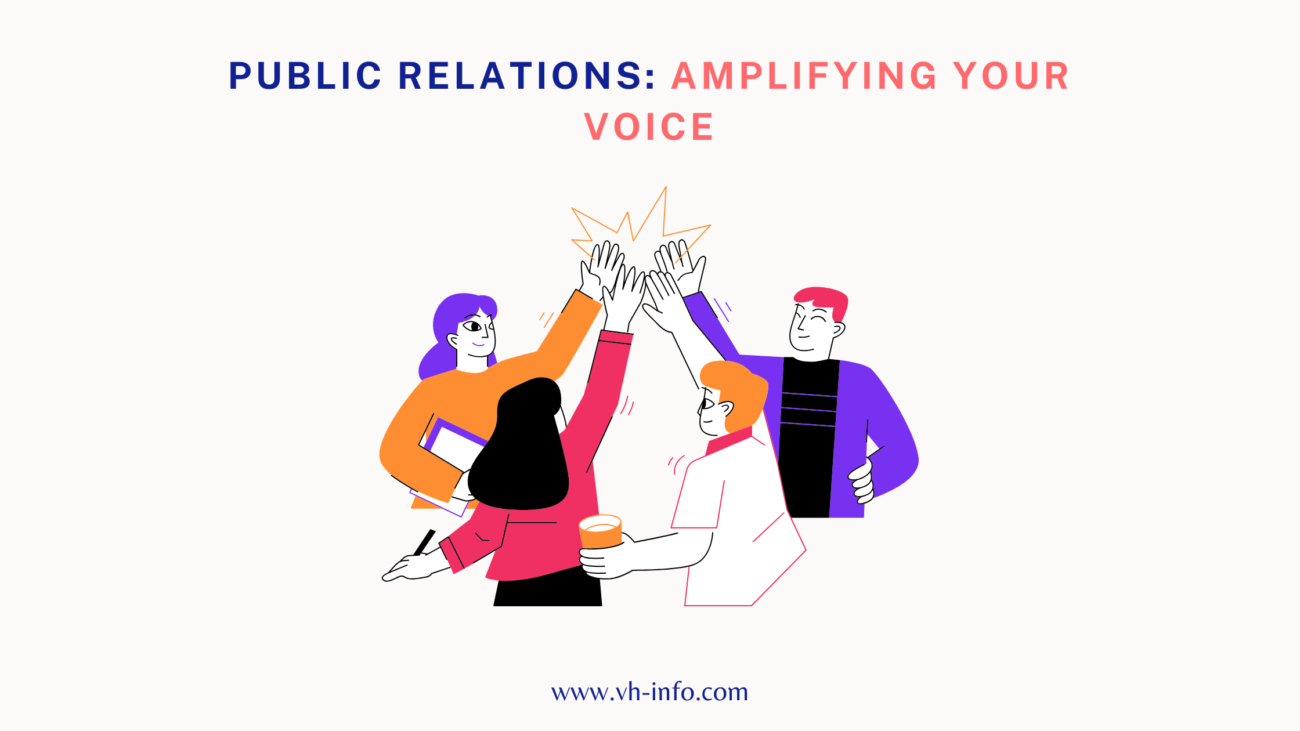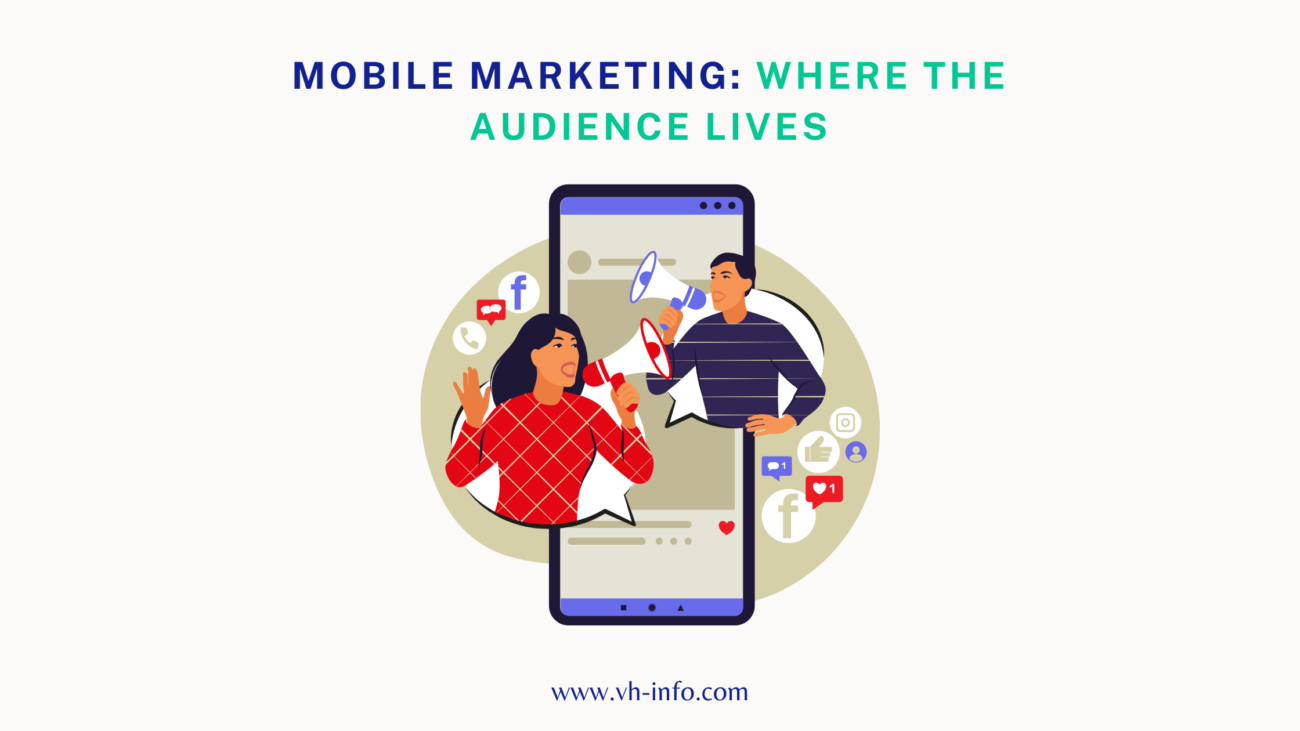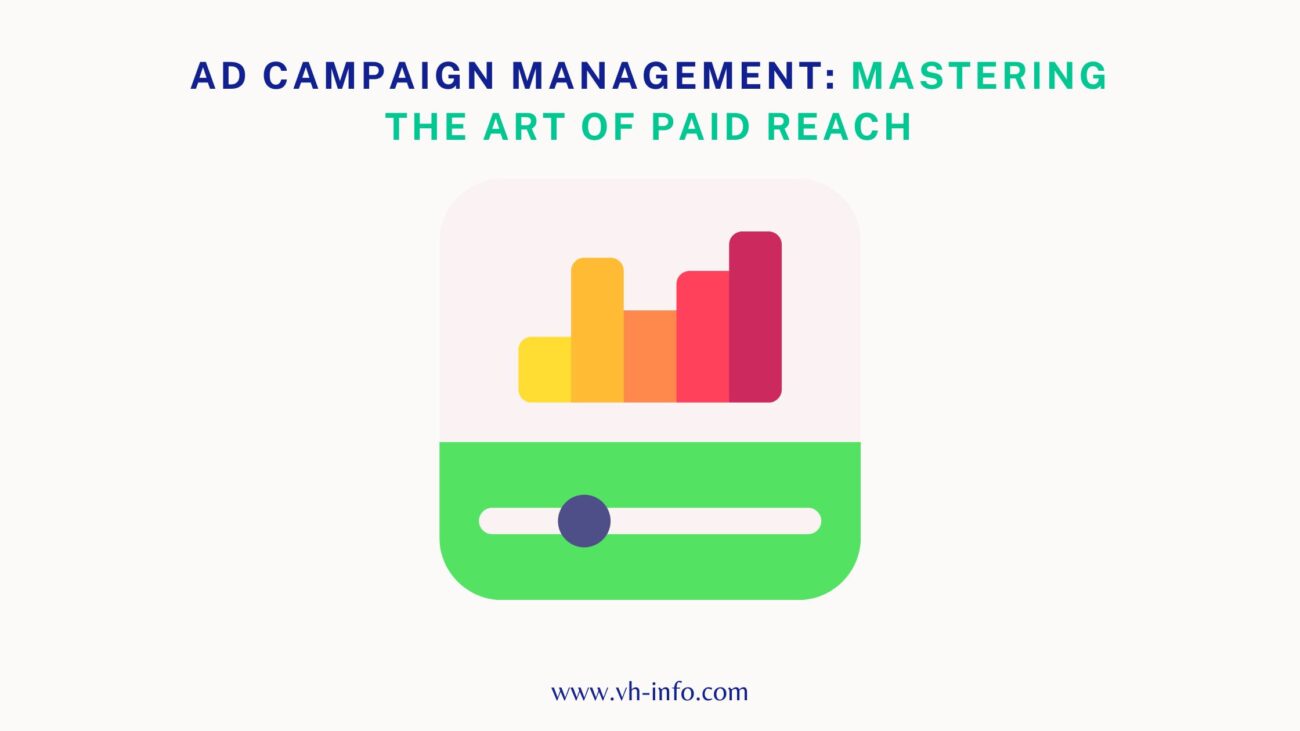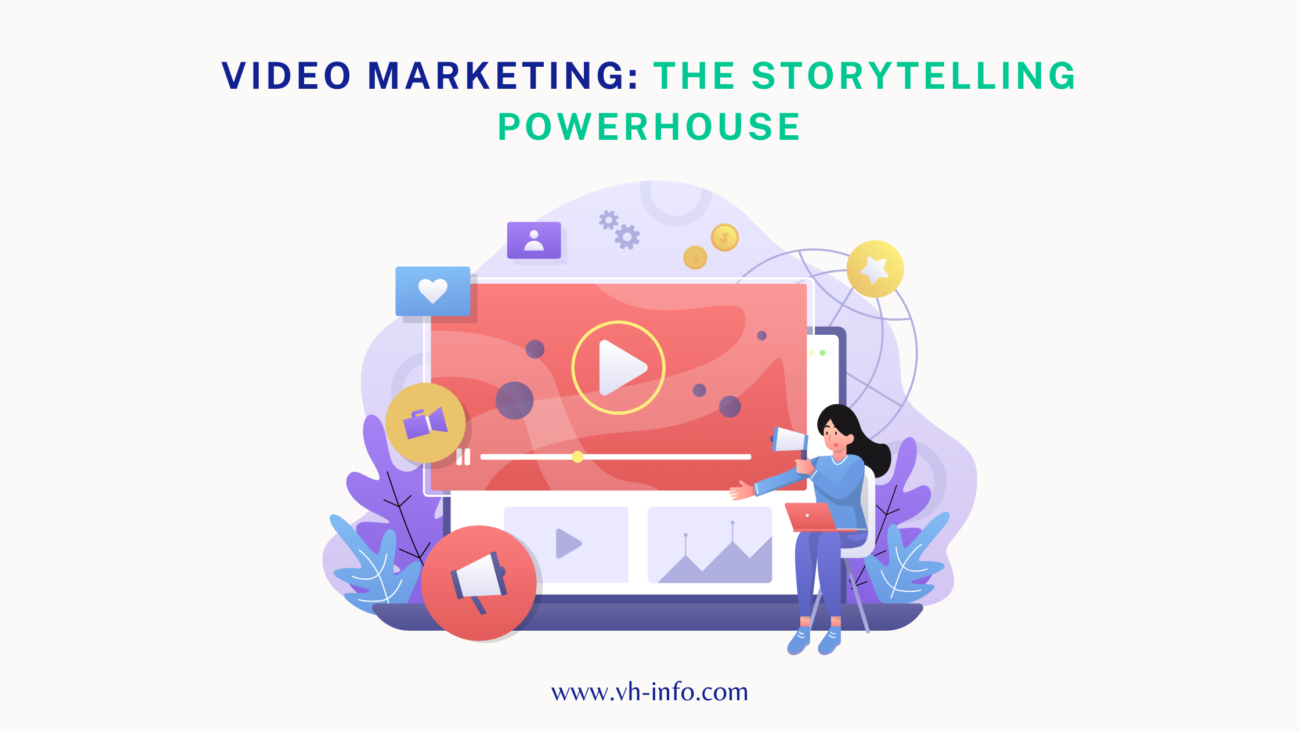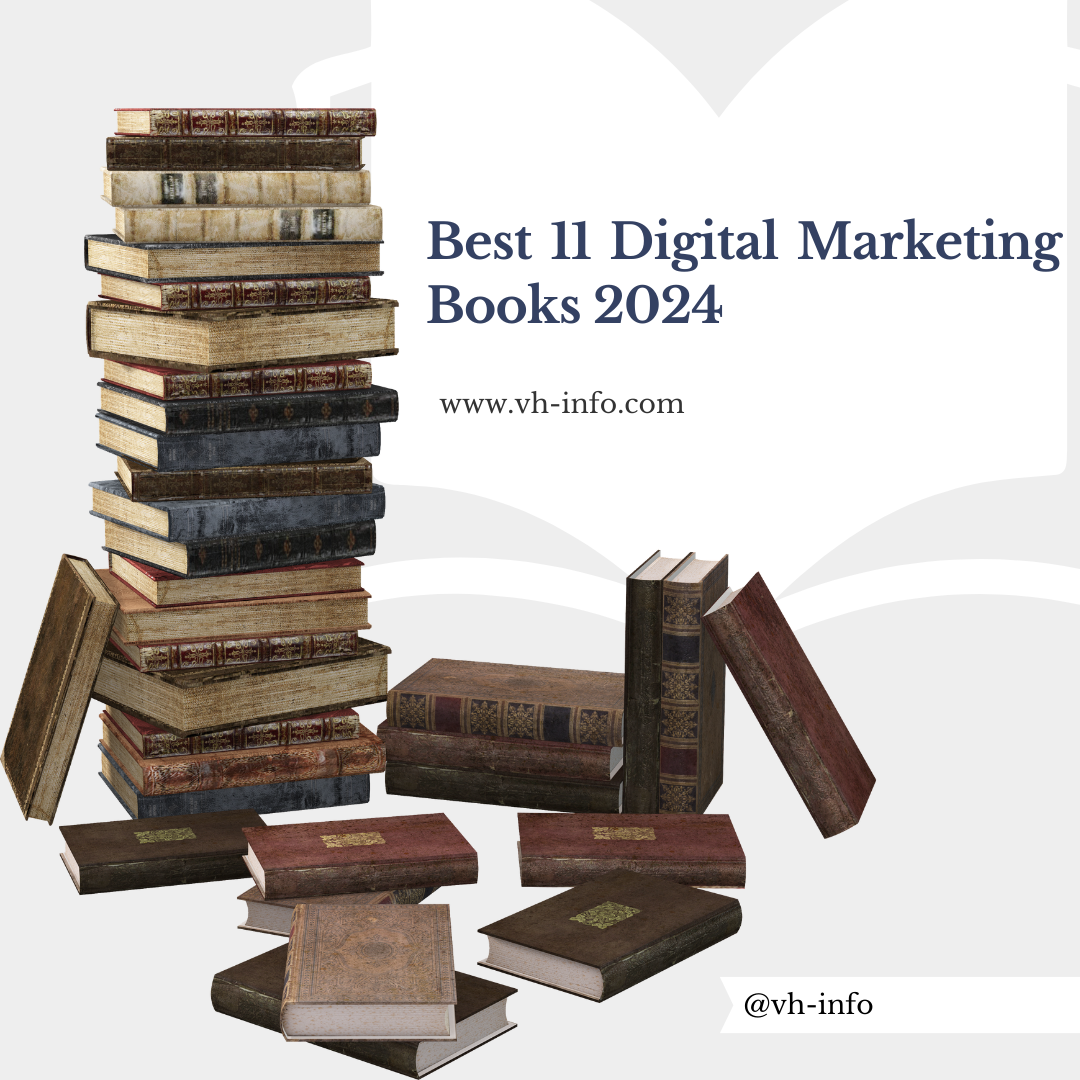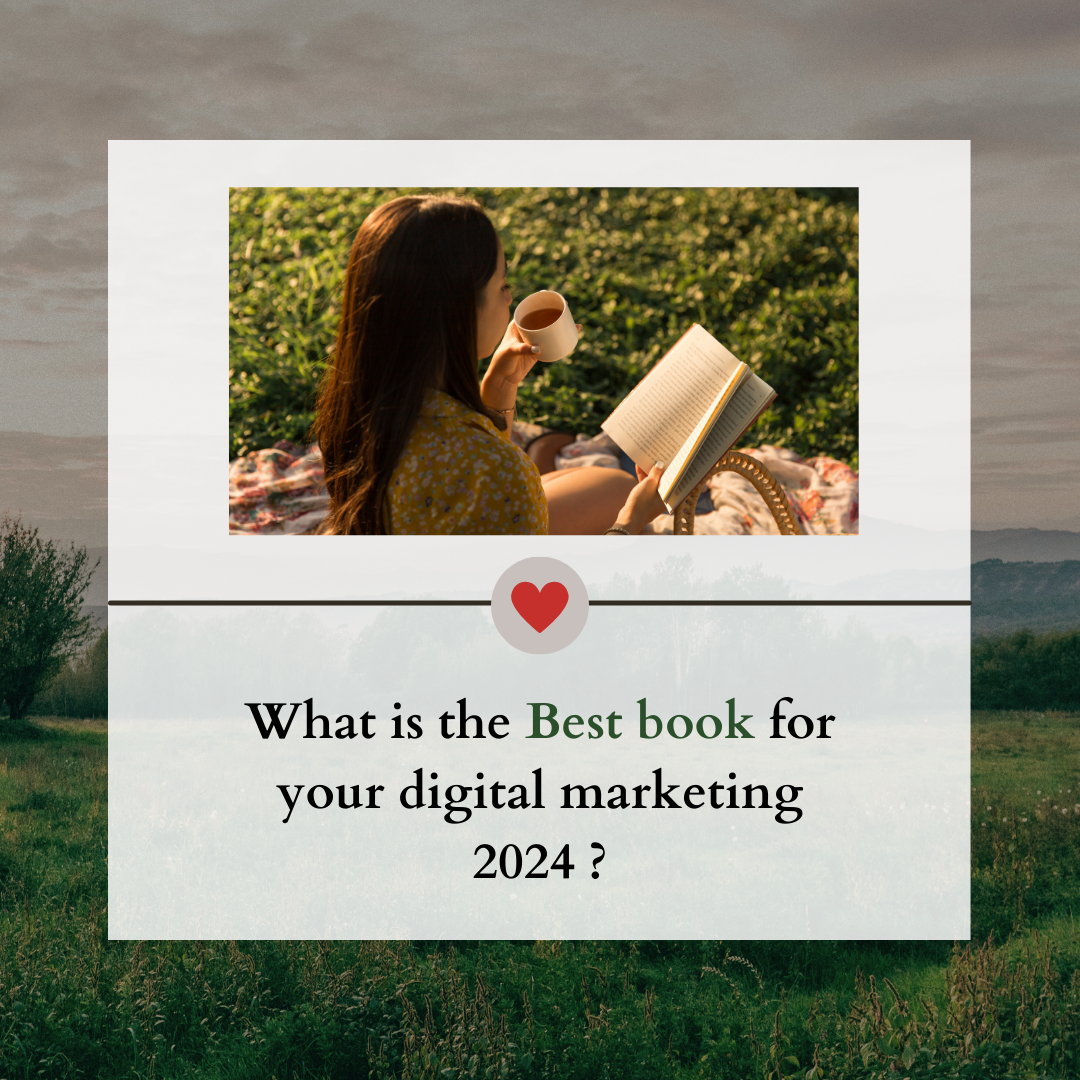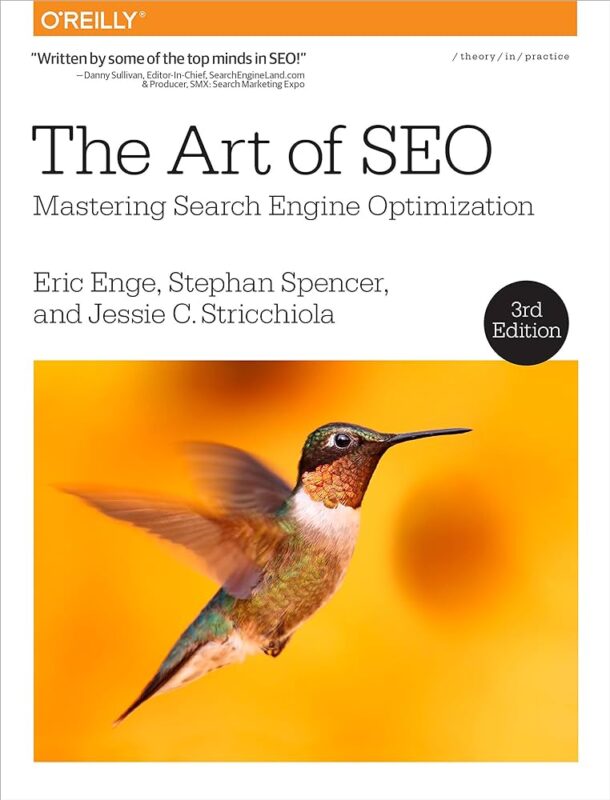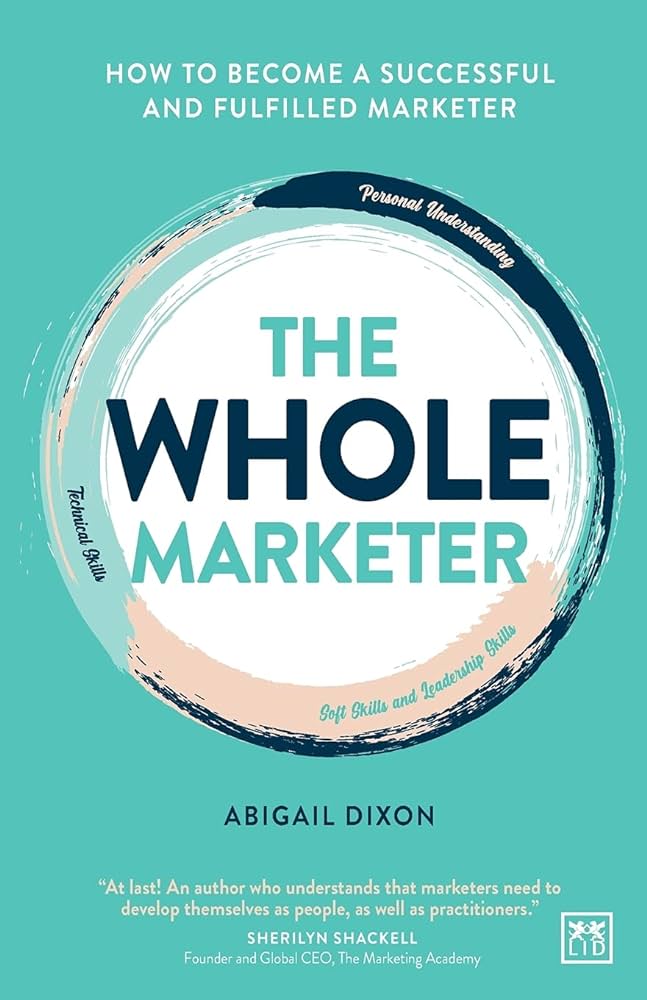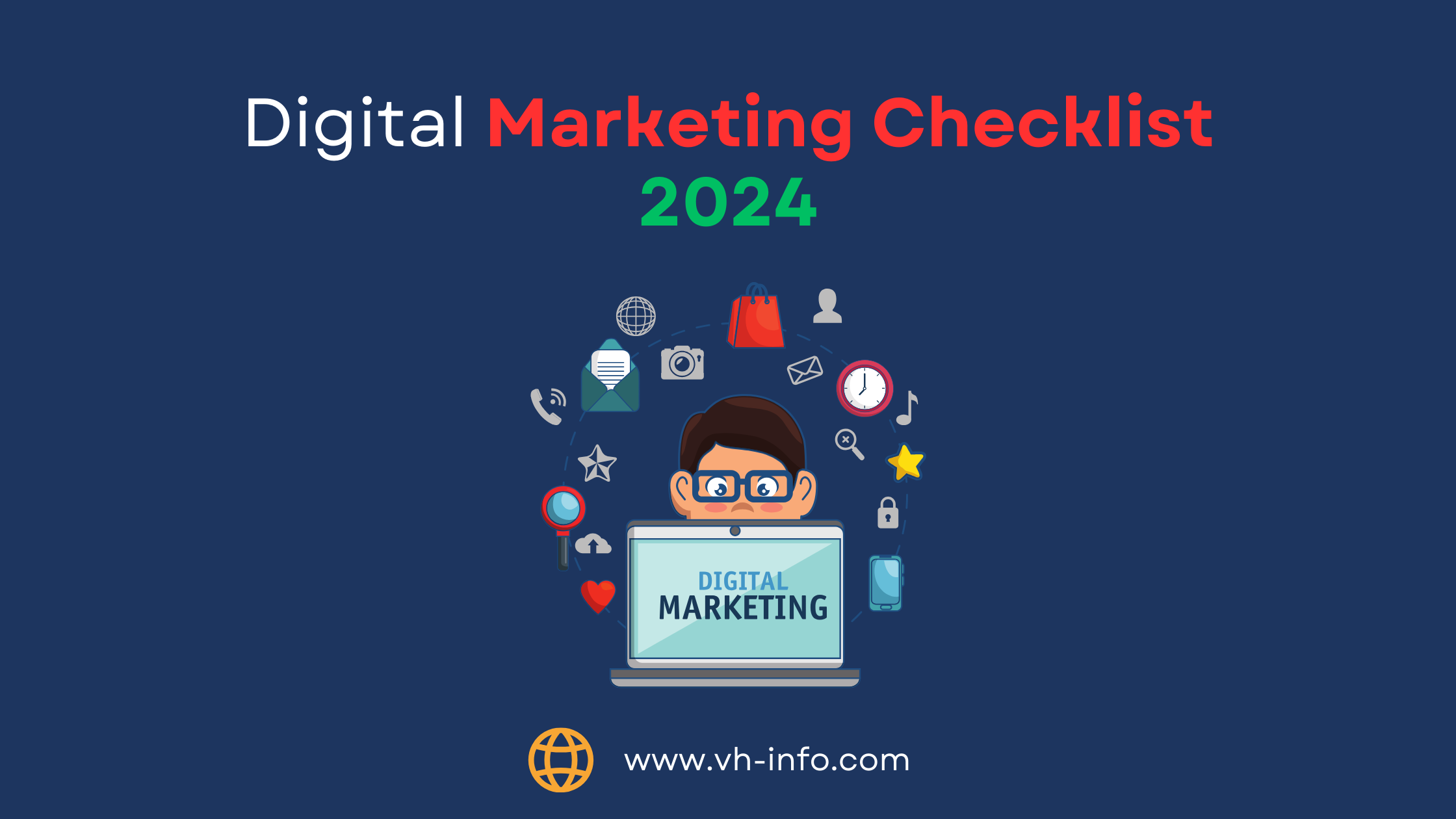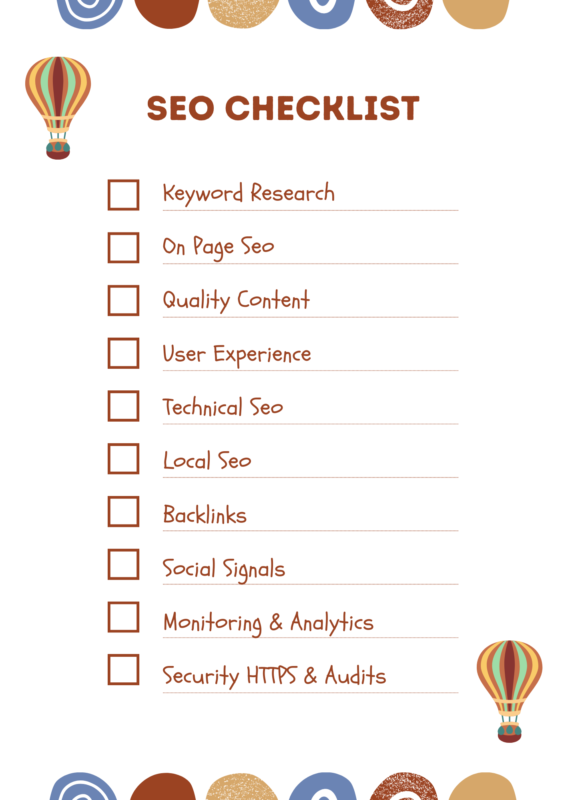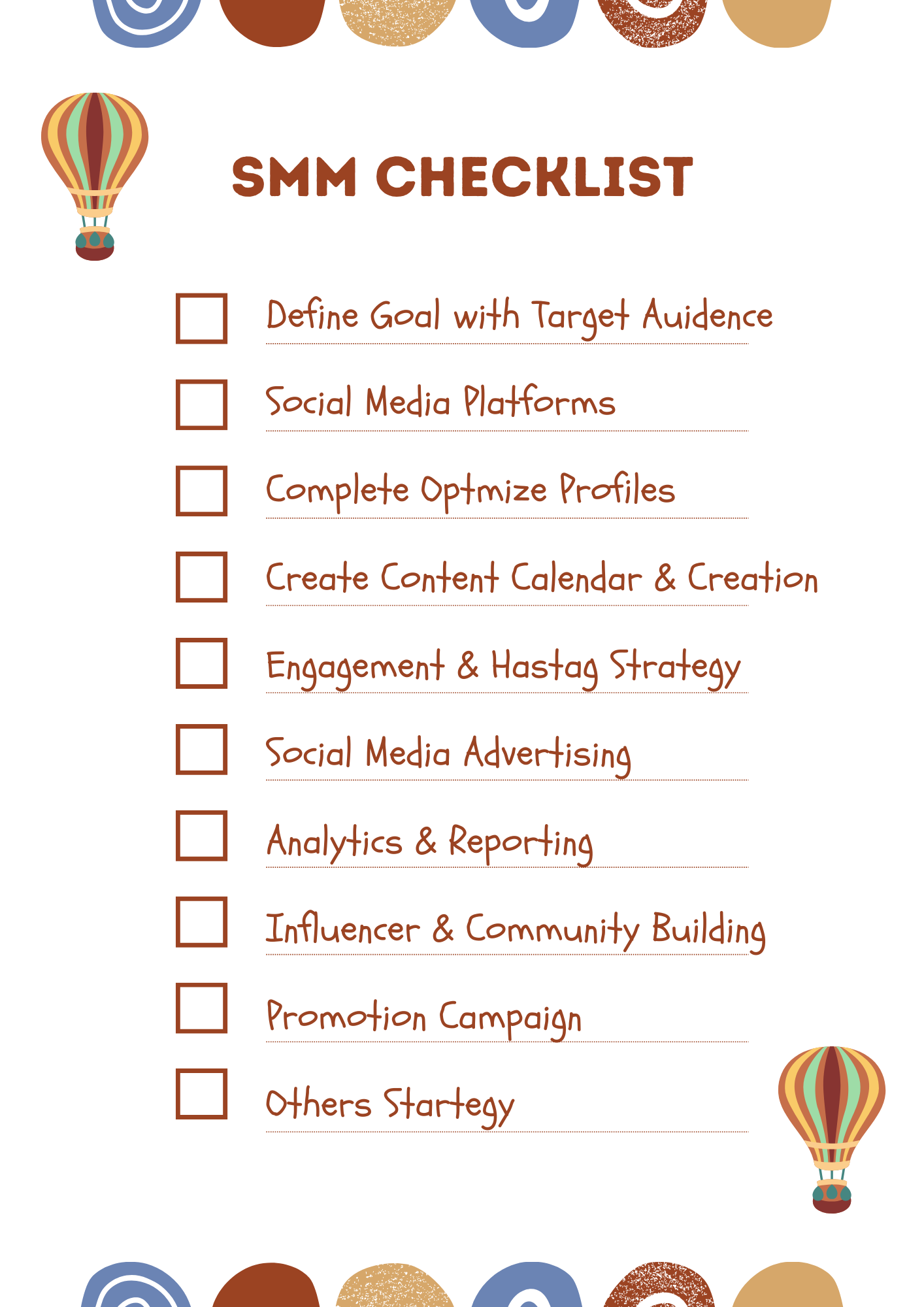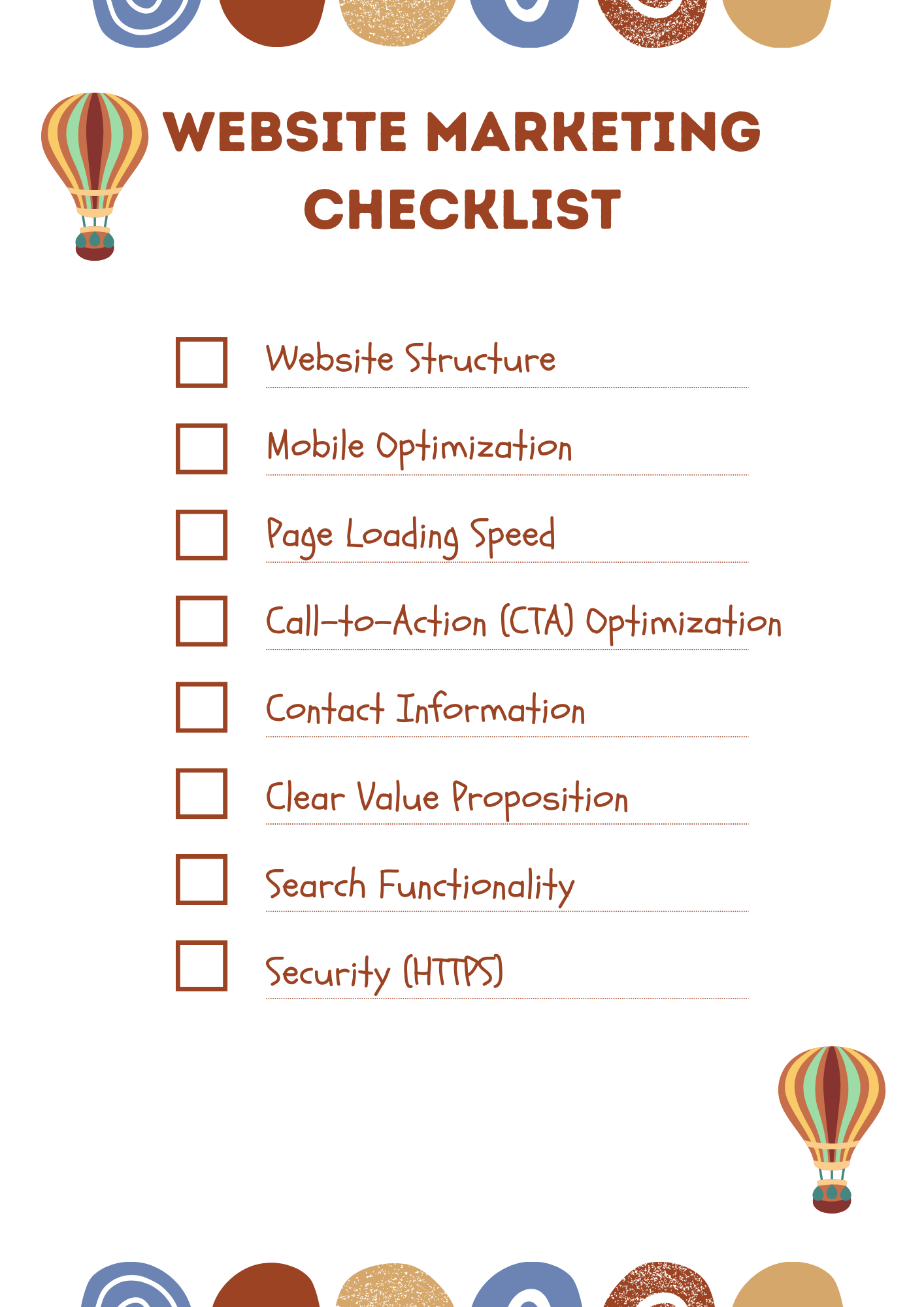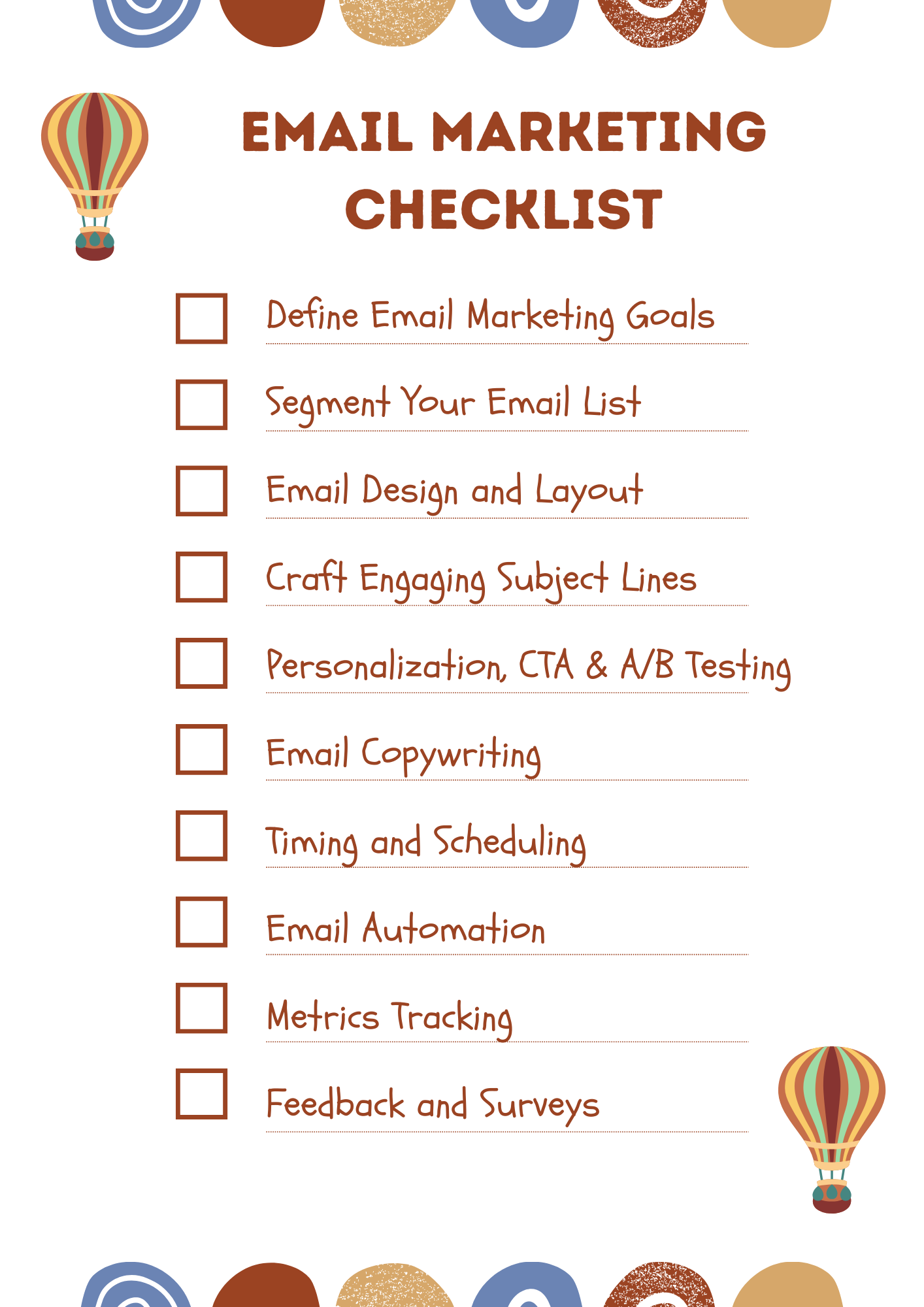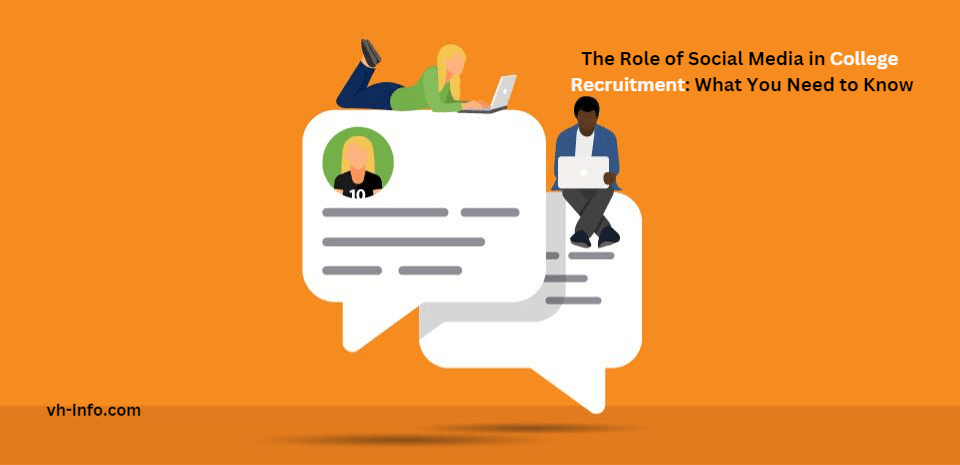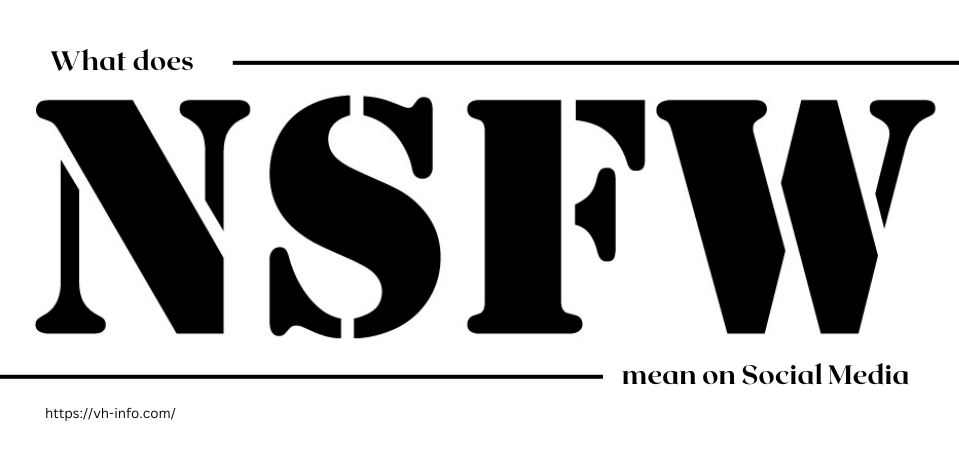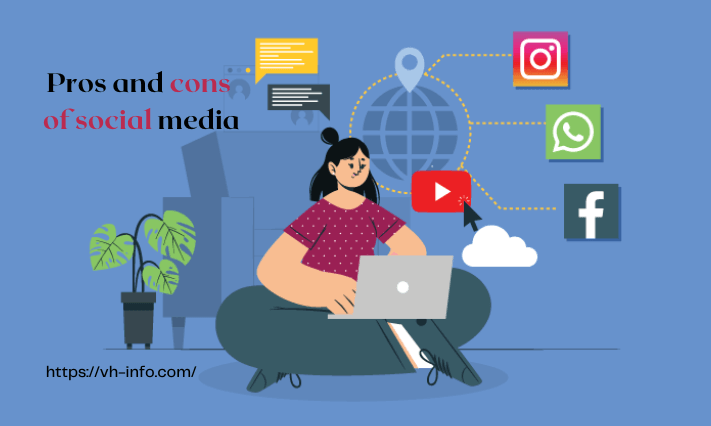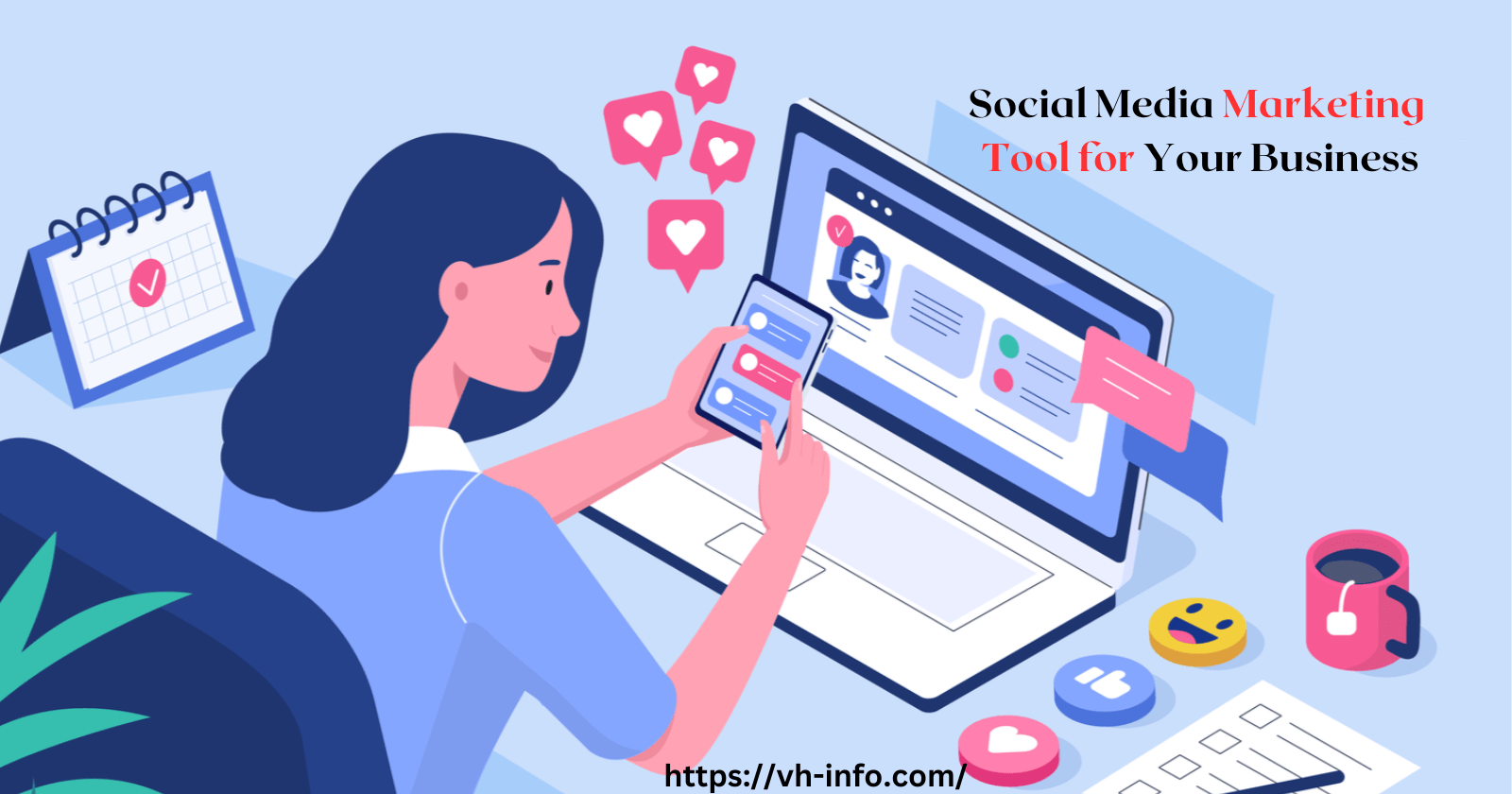Whether you’re a small business, a sole trader, or simply an individual wanting to grow a personal brand on social media, it’s likely you have come across a number of success stories over the last few years. If every story is to be believed, it feels like people and companies are going viral every day, with the only trick being to tap into a current trend and let the algorithm do the work.
Sadly, this is not the case. While it’s plausible that thousands of people go viral every year, the majority of these success stories are the result of consistent effort, strategy, and a well-defined brand presence that has been built up over several years. By that we mean, it’s very rare that you will receive a single, spontaneous viral moment that suddenly boosts your online followers into the millions.
Sure, going viral can come about from being in the right place at the right time – or rather, posting the right thing at the right time – but the point is, this doesn’t happen by mistake. It takes a formulated strategy that gives you the perfect platform, the know-how, and the foundation to back up your success if a viral hit does come along.
So if the secret formula for going viral isn’t magic beans, what exactly is it? Below, we’re going to spell out what we think the formula is, giving you a solid idea of how to navigate social media marketing in 2025.
Starting With the Foundation
Let’s start with the foundation of your brand. For us, this comes in the form of a website that is polished and engaging enough to make people want to explore and learn more about you or your business. Essentially, the website acts as the cornerstone of your brand – the first point of contact for many of your potential customers, and the end-point for your new audience if you do go viral. With this in mind, it’s crucial that you get it right, using a website builder to reflect your brand’s visual identity with the perfect template, content, and atmosphere for optimal engagement.
Everything from your homepage to your products page – if you have one – should have a consistent look and feel that aligns with your message and personality, and this look should be linked back to your social media pages, working to create a sense of coherency and professionalism that will ensure visitors stick around. The last thing you want is to go viral on social media, only for your website to fall short of expectations, or worse, have no website at all to convert that sudden burst of interest.
Building Your Audience
Once you have your website – or online hub, if you will – it’s time to start building your social media audience. As we mentioned before, it’s not often that people can suddenly go viral with only a handful of followers to speak of. You need to put the work in to build a sizable audience – followers that will engage with your content and share it when the time is right – and this starts with creating emotionally resonant, shareable content.
Focus on creating content that taps into people’s emotions – whether it’s humour, inspiration, surprise, or empathy, and make sure you’re telling a story that will connect with your audience’s personal experiences. While doing your research, it’s likely you’ll come across a number of articles telling you that long, content-heavy posts are the best way to do this, while other articles will tell you to stick to short, snappy content. Neither of them really knows what they’re talking about, because the truth is, social media algorithms are near enough a mystery to nearly everyone but the companies that made them. Sometimes, it’s content-heavy posts that attain the most engagement, and sometimes it’s the opposite. The important thing is that you know what your target audience wants to see, and you shape your posts in a way that reflects that. For instance, incorporating visually dynamic elements like custom avatars is becoming increasingly popular – and learning how to make an AI avatar could give your content a unique, personalized edge that encourages higher engagement.
Constantly Experiment
With long-form and short-form content in mind, if you don’t know exactly what your target audience wants to see, then there’s nothing stopping you from experimenting. In fact, social media is probably the best and most accommodating place to do this, simply because social media platforms provide immediate feedback.
When you experiment with your posts, you can quickly gauge what resonates with your audience through likes, shares, comments, and even direct messages. This agile approach then lets you adjust your strategy in real time – testing different topics, formats, and styles to see which one drives the most engagement. Unlike expensive marketing campaigns or traditional media buys, social media experimentation is low risk, high reward, and it will give you the best chance possible to build your audience and put you in a great position to go viral.
Keeping an Eye on What’s Trending
The posts that go viral are nearly always posts that are trending in the first place. With this in mind, it’s important to stay attuned to the current social media landscape, keeping an eye on current trends, events, and popular hashtags that are relevant to your niche. Once again, the last thing you want to do is have a viral-worthy brand, only to miss out on your chance when the trend has already peaked or moved on. In today’s fast-paced digital world, timing is critical, so if you’re not constantly monitoring what’s hot and adapting your content accordingly, the chances are you will miss your opportunity.
Learning the Tricks of the Trade
In terms of how you keep an eye on what’s trending, the answer is pretty simple: leverage the right tools and resources. Across the web, there are a number of platforms that can be used to monitor keywords, hashtags, and mentions related to your niche. These tools can also alert you to emerging trends and popular topics, helping you to quickly adapt your content strategy as and when it’s needed. Apart from this, social media platforms like Instagram and TikTok have specific trending sections, designed to showcase what’s hot at the moment and provide immediate inspiration for timely content.
If you’d like to give yourself even more chance of catching a viral moment, another good idea is to engage with communities on platforms like Reddit or LinkedIn, which have been built around providing early insights into trending topics before they even hit mainstream social media. In terms of attaining a competitive edge, this is probably the best way to ensure you’re ahead of the curve and ahead of your competitors.
Conclusion
You might be coming to the end of this article thinking: okay, but where’s the secret formula? But the truth is, there is no secret formula, and as we mentioned in our introduction, this is just what we think a formula could be. In the world of social media, what it takes to go viral involves building your social media presence, keeping on top of things, and being ready to take advantage when the opportunity strikes. The difficult thing for you is that the opportunity may never strike, and you may never be given that shot to make an impact and be propelled across the world. But if you are given that opportunity to shine, then the only way you’ll take full advantage is if you’ve put in the effort and followed all of the steps above. That much we know for sure.
